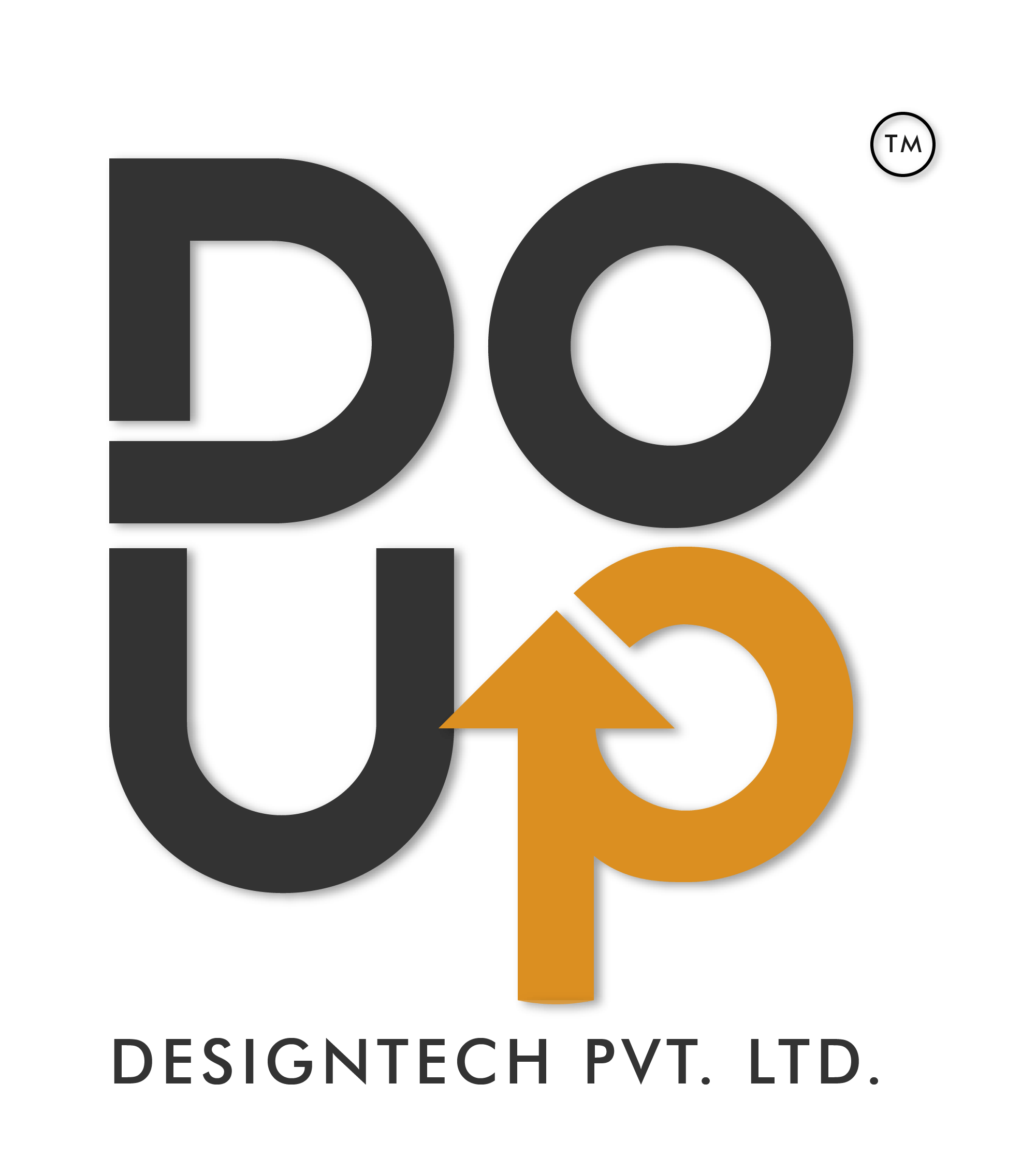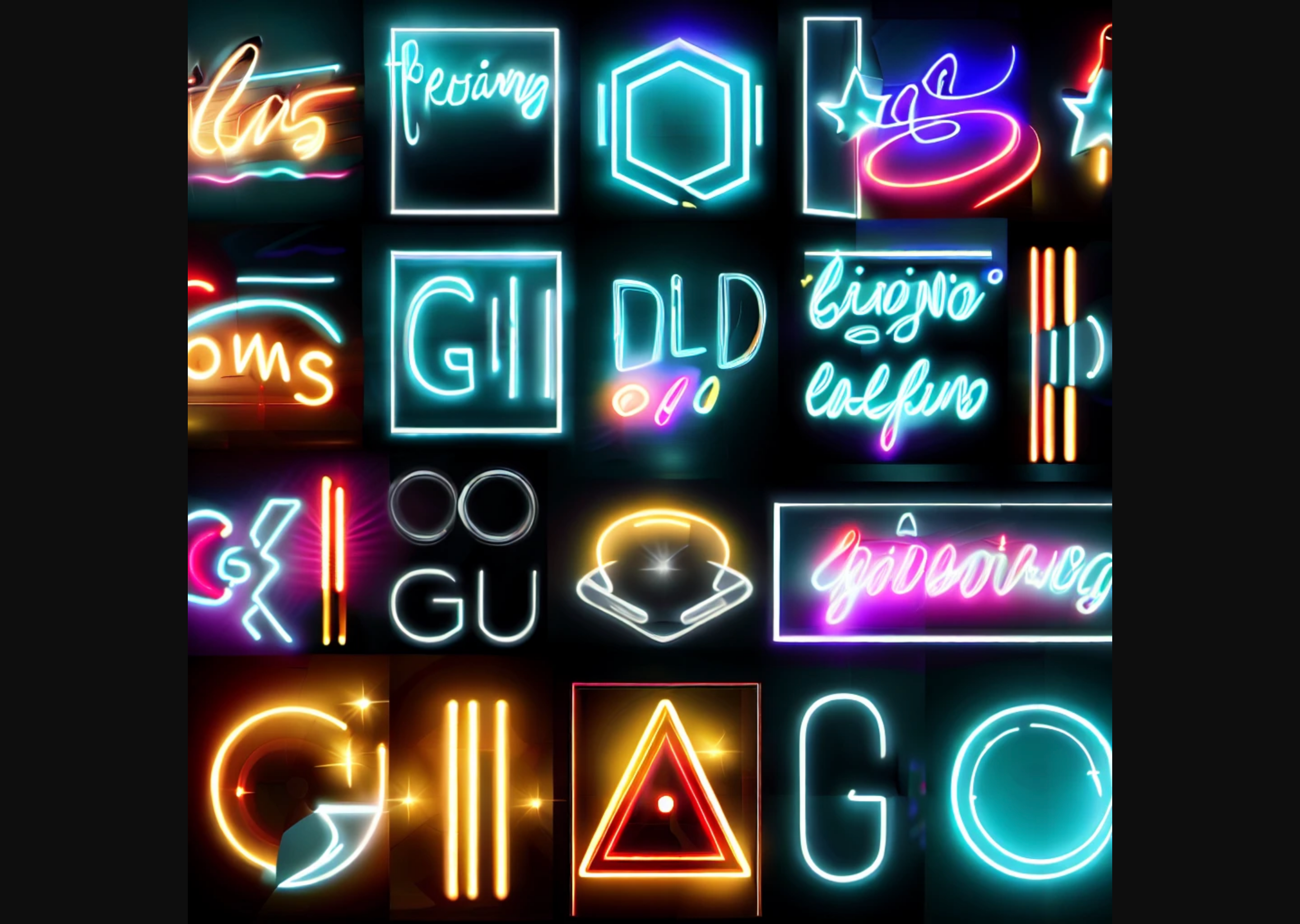The Art of Logo Design: How to craft a remarkable Brand Identity?

By Do Up AI, Category : Brand Marketing
, 8 min read
Explore the strategic journey of logo design, from understanding its importance for various businesses to the art of revamping old logos.

A logo is a relevant, recognizable graphical asset that is a simplified, stylized representation of your 'Brand'. The art of logo design is a crucial aspect of crafting a remarkable brand identity. A well-designed logo serves as the visual cornerstone of a brand, encapsulating its values, personality, and uniqueness. Let's delve into some key elements and considerations in the process :
Key Variables in Logo Design
Designing a Logo: More Than Meets the Eye
Several critical elements come into play when designing a logo:
- Simplicity: A simple design ensures easy recognition and allows the logo to be versatile and memorable.
- Relevance: The logo should align with the business’s industry, target audience, and brand personality.
- Color Scheme: Colors have psychological effects and can quickly convey a message or emotion.
- Typography: The font choice should reflect the brand’s character and be legible across different mediums.
Best Practices in Logo Design
Crafting a Logo That Resonates
To design an effective logo:
Simplicity and Memorability: A great logo should be simple enough to be easily recognized and remembered. Simplicity aids in quick recognition, making the logo effective at any size and in various contexts.
Timelessness: An effective logo should endure the test of time. It should look as effective in ten or twenty years as it does today. Avoiding overly trendy designs can help ensure longevity.
Versatility: A good logo should be able to work across a variety of mediums and applications. This means it should be scalable, working well in different sizes, and effective in both color and black and white.
Relevance: The logo should be appropriate for the brand and its target audience. For instance, a law firm and a children's toy store would have very different looking logos, each appropriate to their respective audience.
Uniqueness and Distinctiveness: A logo should stand out from the competition and be distinct enough to be easily distinguishable. It should avoid cliches and not be easily confused with existing logos.
Brand Storytelling: The best logos tell a story that reflects the brand's history, values, or mission. This can be through the use of color, shape, or other design elements.
Color Psychology: Colors play a vital role in logo design. Different colors evoke different emotions and associations. For example, blue often represents professionalism, trust, and tranquility, while red can evoke feelings of excitement and passion.
Typography: If a logo includes text, the choice of typeface is critical. The font should align with the brand's character and be legible in various sizes.
Feedback and Testing: It's essential to get feedback on logo designs, from both stakeholders and potential customers. Testing how the logo performs in real-world scenarios can provide valuable insights.
Professionalism: While there are many DIY logo tools available, hiring a professional designer or agency can make a significant difference. They bring expertise in design principles, market trends, and brand strategy.
The Importance of a Logo: Who Needs It Most?
Logos: The Brand's First Impression
A logo is often the first interaction a potential customer has with a brand. It's a visual representation of the company's identity, values, and services. While all businesses benefit from a well-designed logo, it's particularly crucial for:
- Startups and Small Businesses: For these companies, a logo is a quick way to convey their unique identity and stand out in a crowded market.
- E-commerce and Online Services: With digital presence being key, logos for these businesses must be adaptable across various digital platforms.
- Consumer Goods: A distinctive logo helps products stand out on shelves and in advertisements.
Updating Old Logos: When and How
Revitalizing a Brand’s Image
Updating a logo is crucial when:
- The Brand Evolves: As a company grows or changes direction, its logo should reflect these changes.
- Market Trends Shift: Keeping up with design trends helps a brand stay relevant.
- Logo Loses Impact: If the logo no longer resonates with the target audience, a refresh is needed.
The key is to maintain the brand's essence while modernizing its look.
Conclusion: The Enduring Power of a Great Logo
A well-designed logo is a powerful tool in building brand recognition and loyalty. It transcends mere aesthetics, embodying the brand's mission and values. Whether creating a new logo or updating an existing one, it's a strategic process that can significantly impact a business’s success. Remember, a great logo tells a story, and that story is the foundation of your brand's identity.
Do Up DesignTech provides a comprehensive suite of services for brand identity, not just limited to AI-generated logos. Our full suite of services aims to cater to a range of needs—from clients who want quick, automated solutions to those who are looking for more in-depth, professional design services
The Do Up AI logo design service is designed with user accessibility in mind. Here are several points that stand out:
The interface is straightforward, which is essential for users who may not have extensive design experience. The instructions are clear, and the process is as simple as talking to a real designer who delivers instantly.
Having the history accessible through an account is a practical feature, allowing users to revisit past designs. This is especially useful for businesses as they evolve and their branding needs change.
Provided samples give users a starting point and inspiration, which can be particularly beneficial for those unsure of how to start.
While the AI is a powerful tool, human oversight and final touches are recommended. Which is a realistic approach, acknowledging the current limitations of AI.